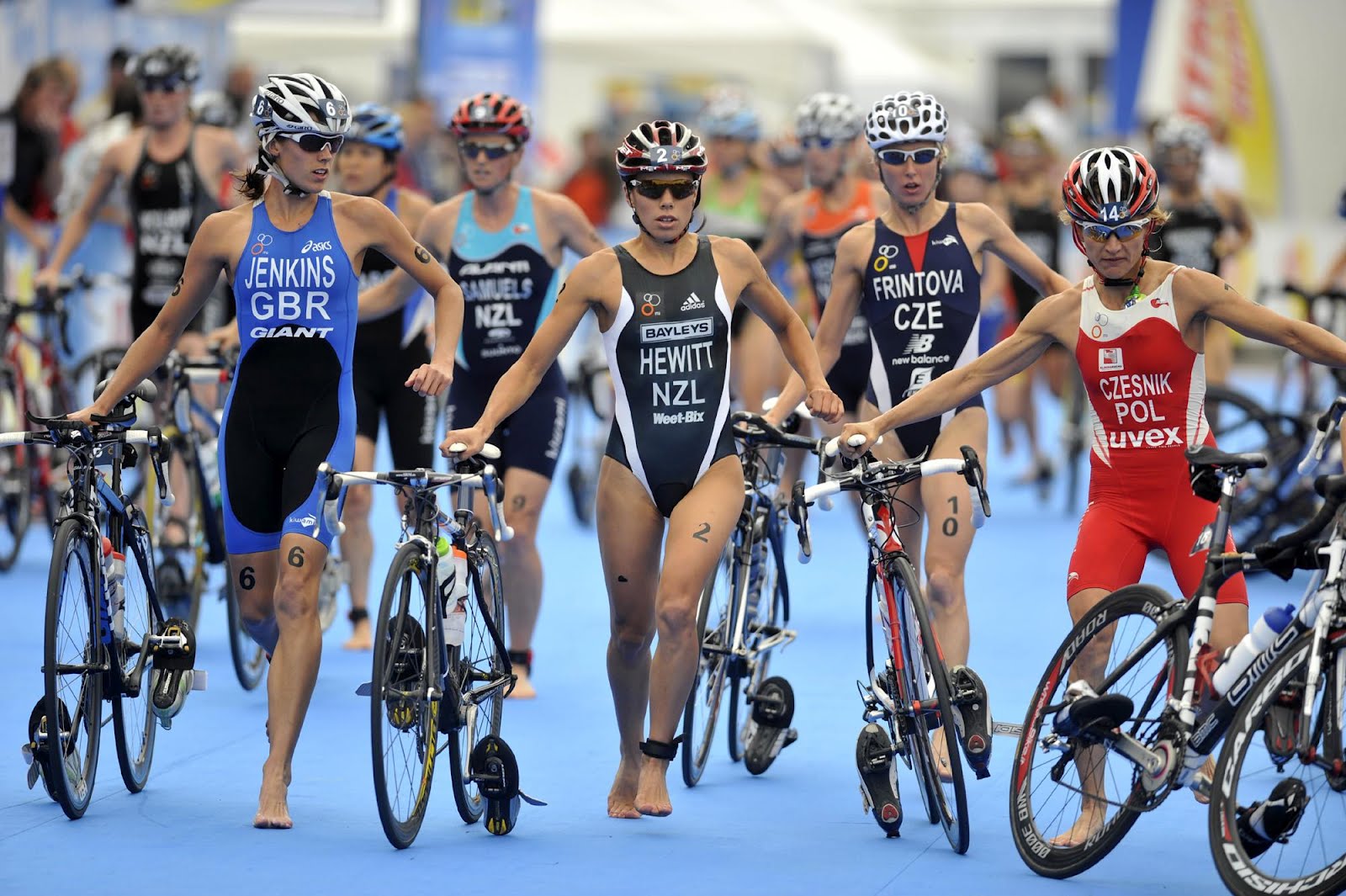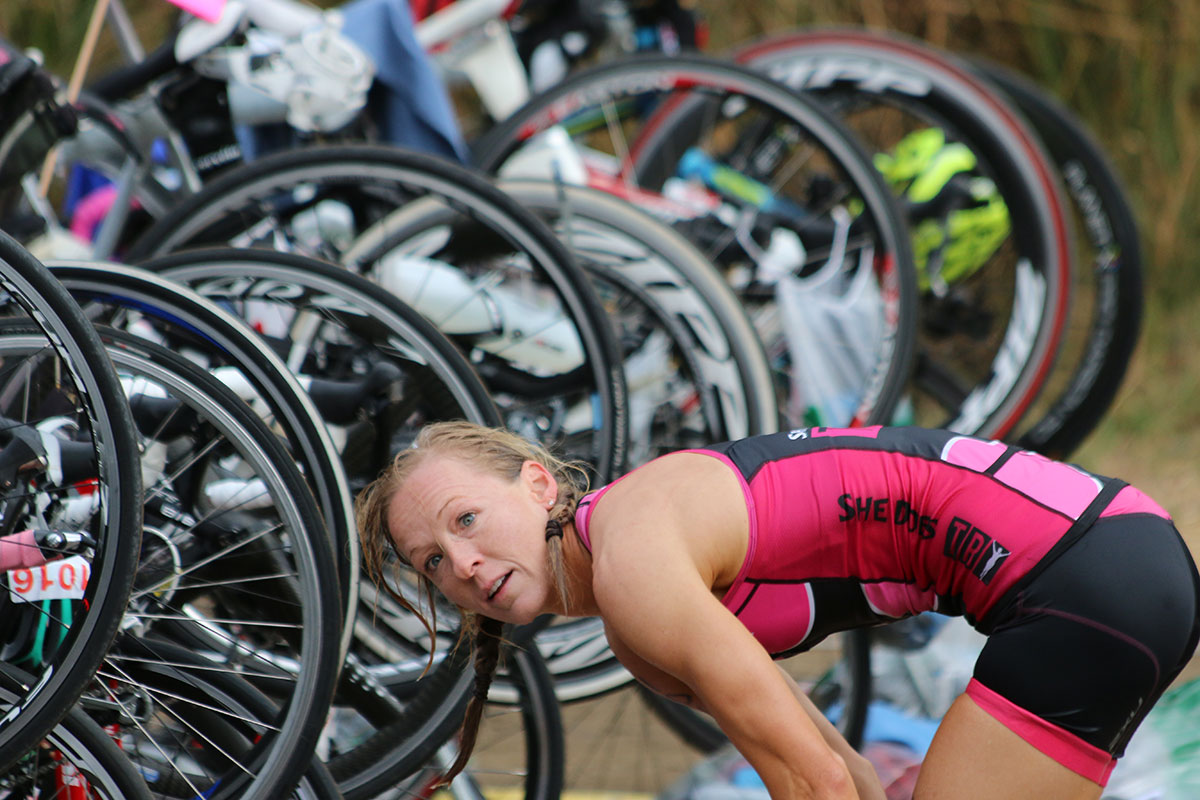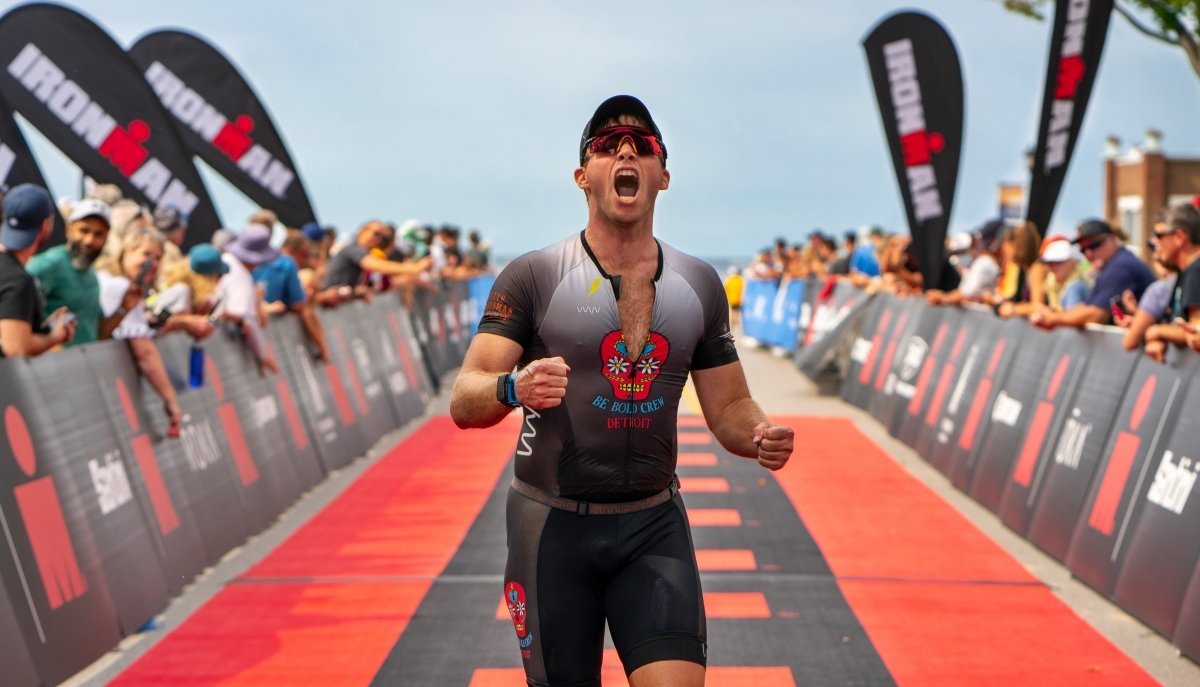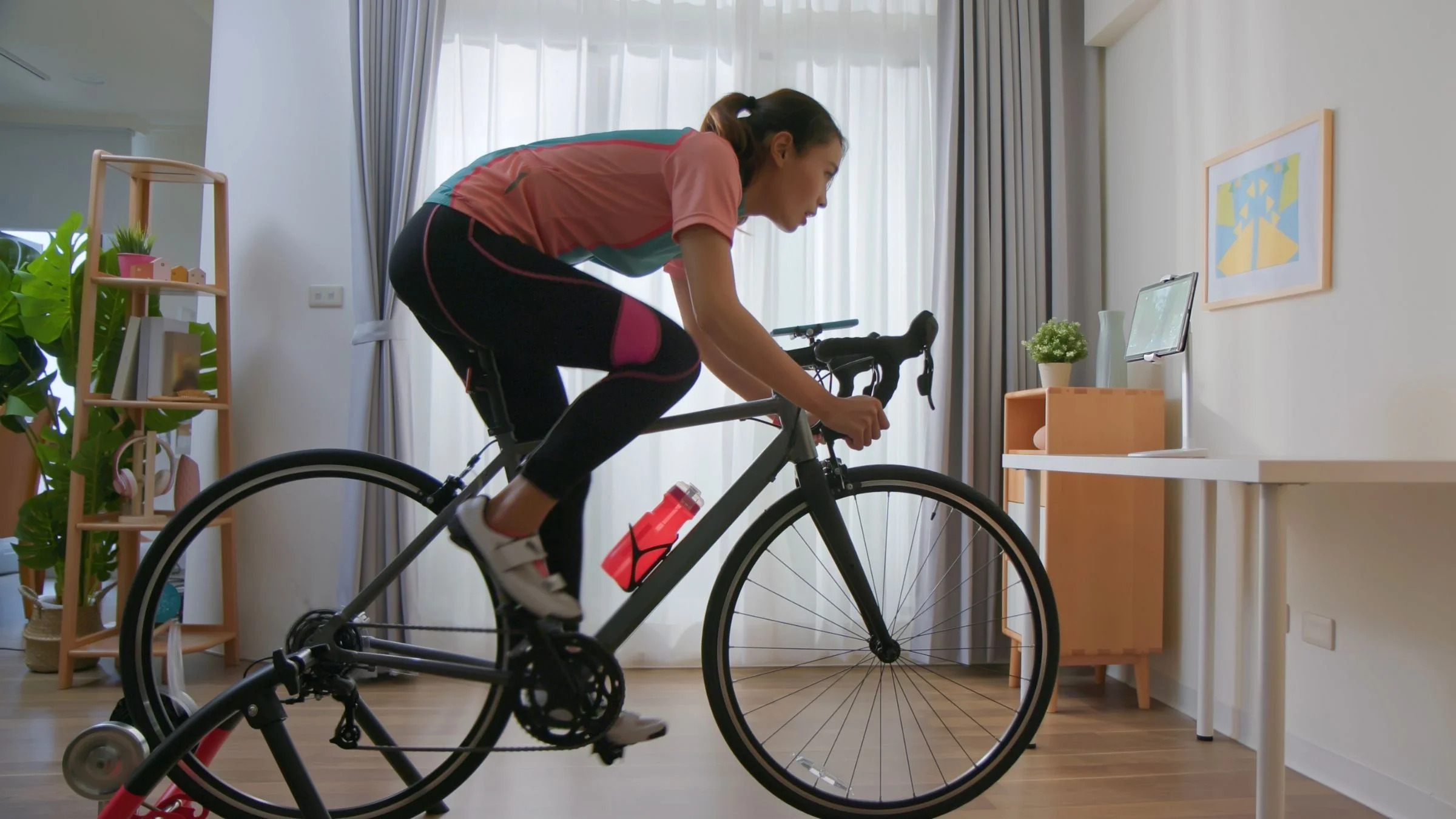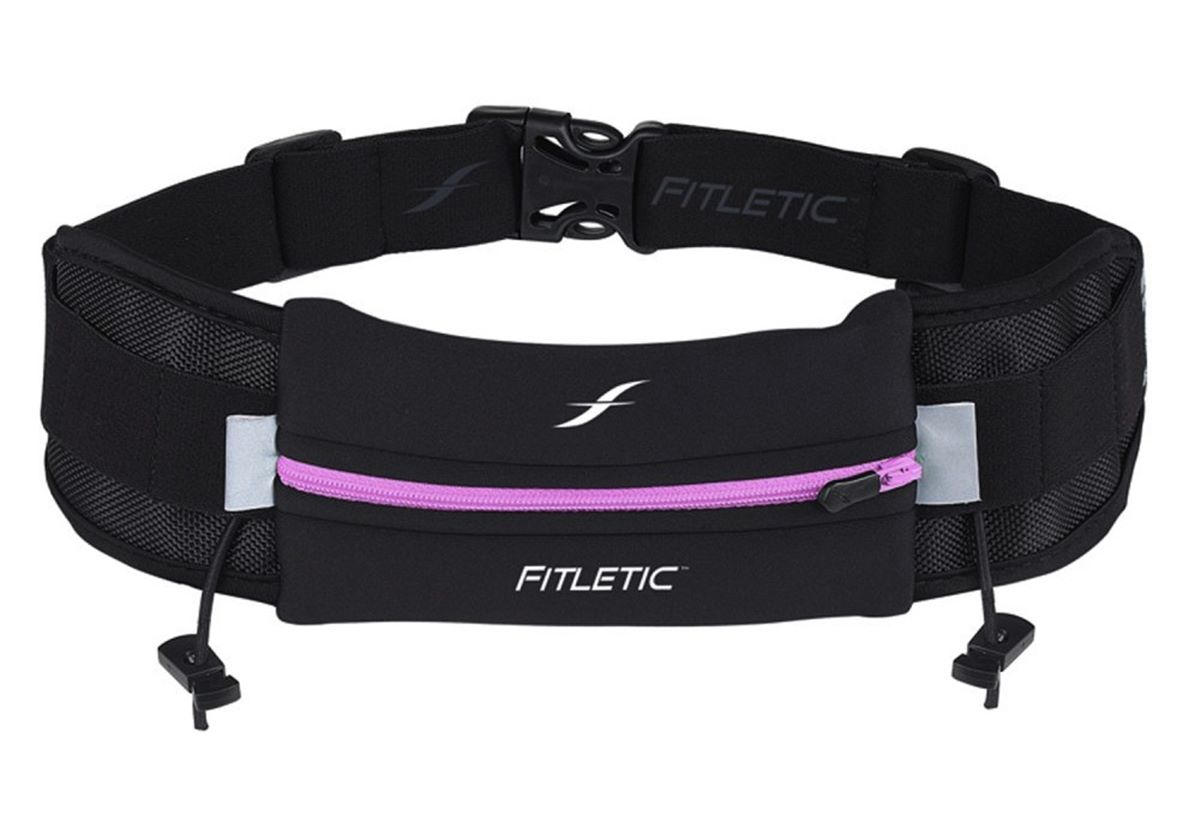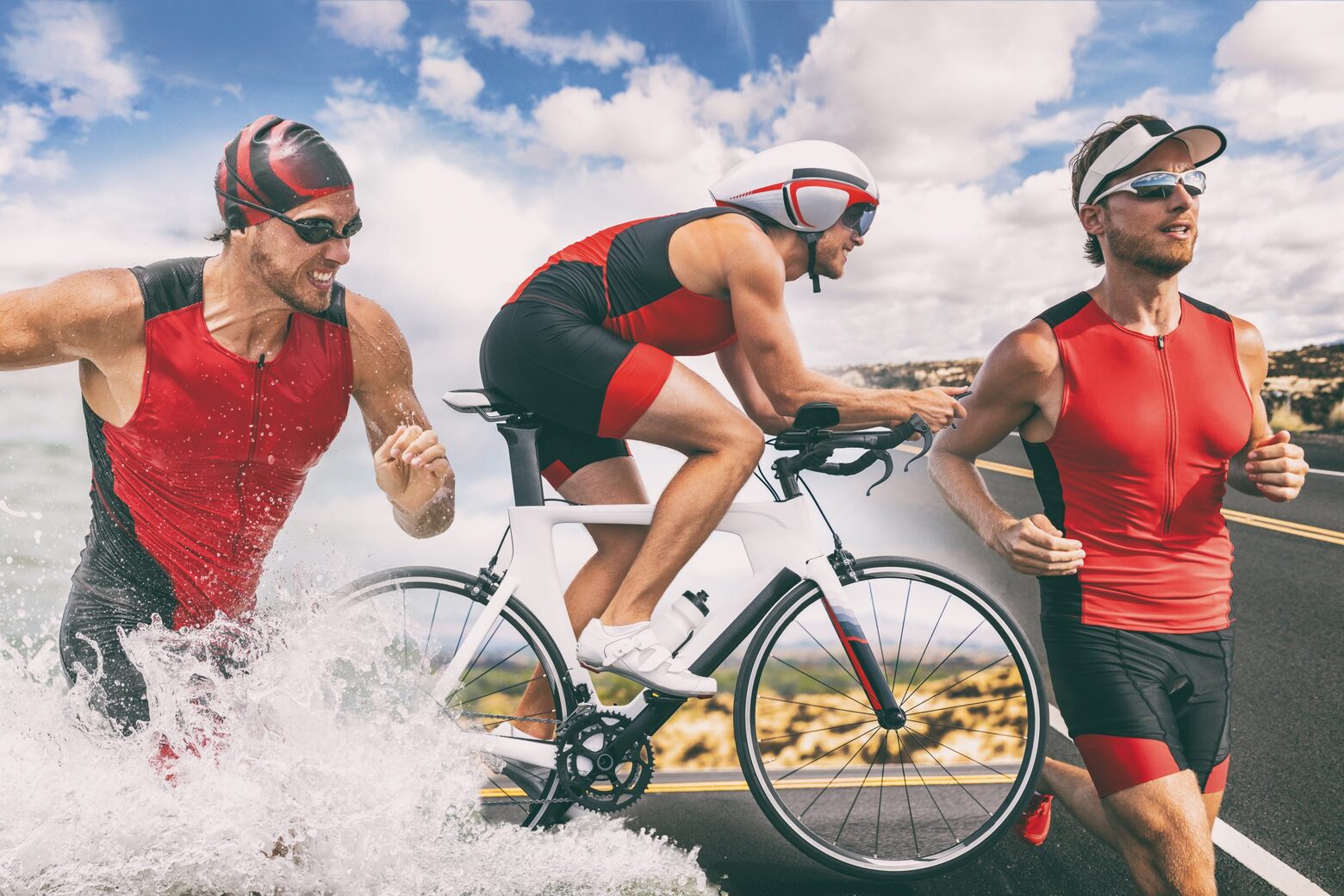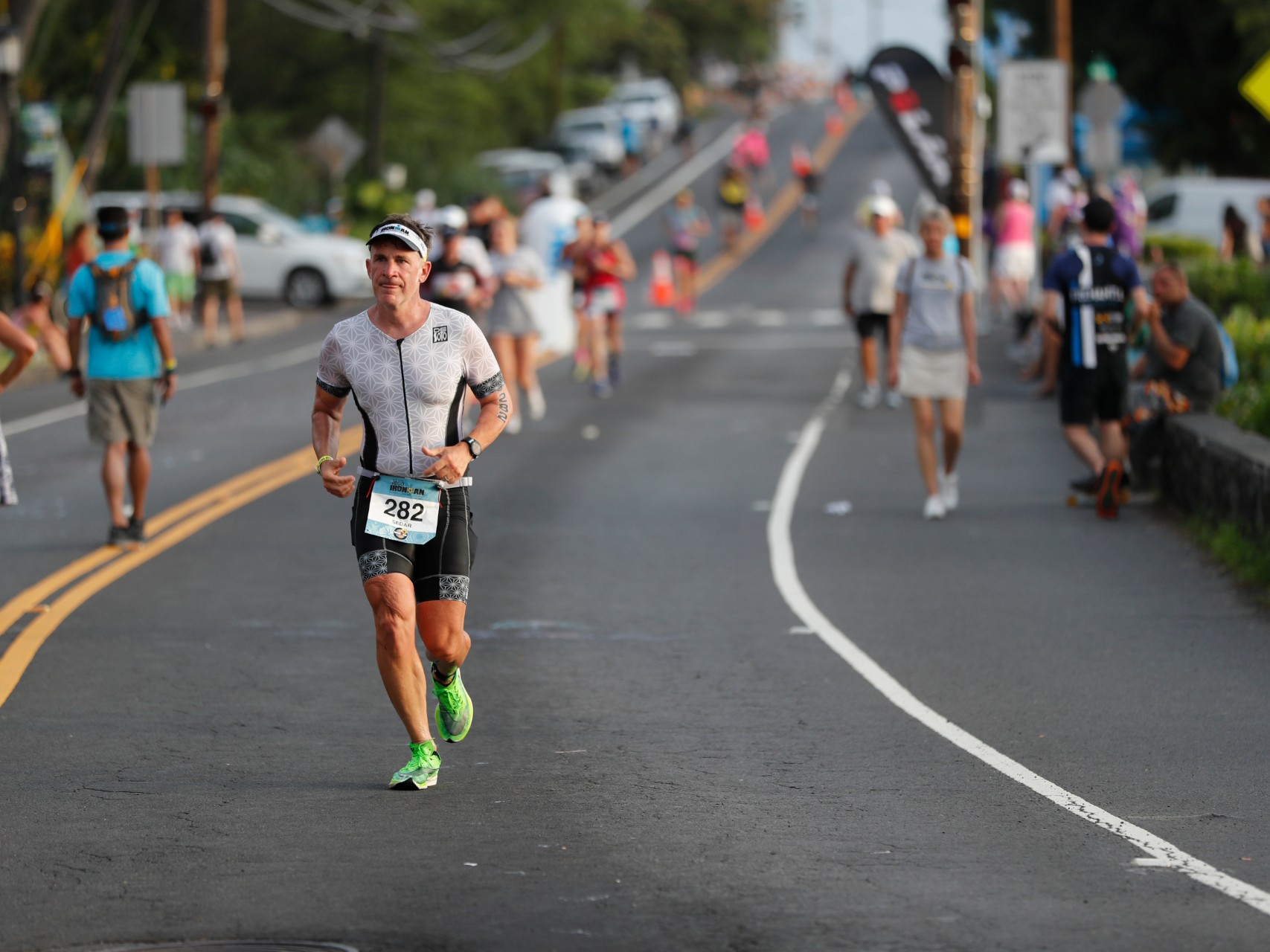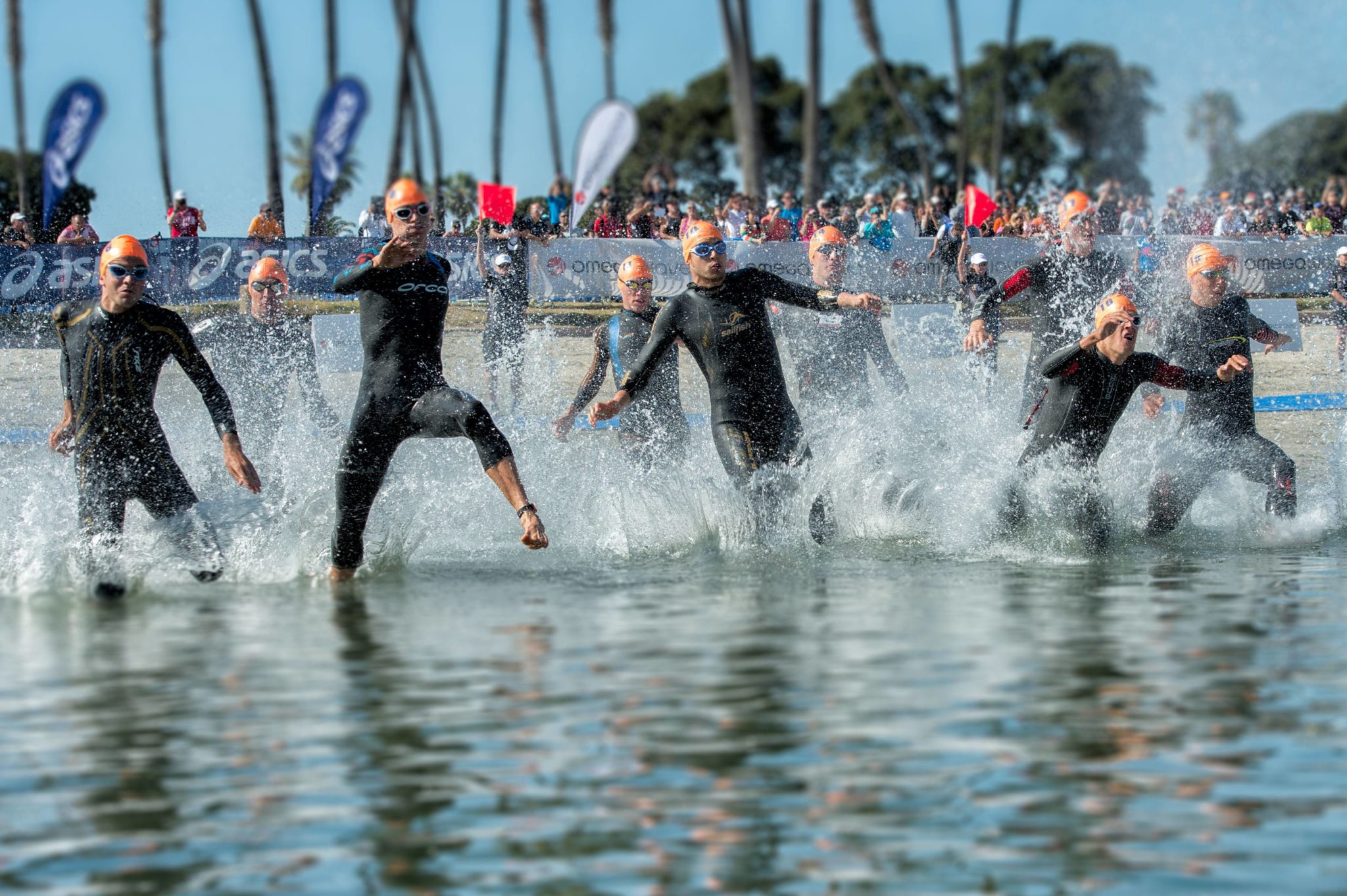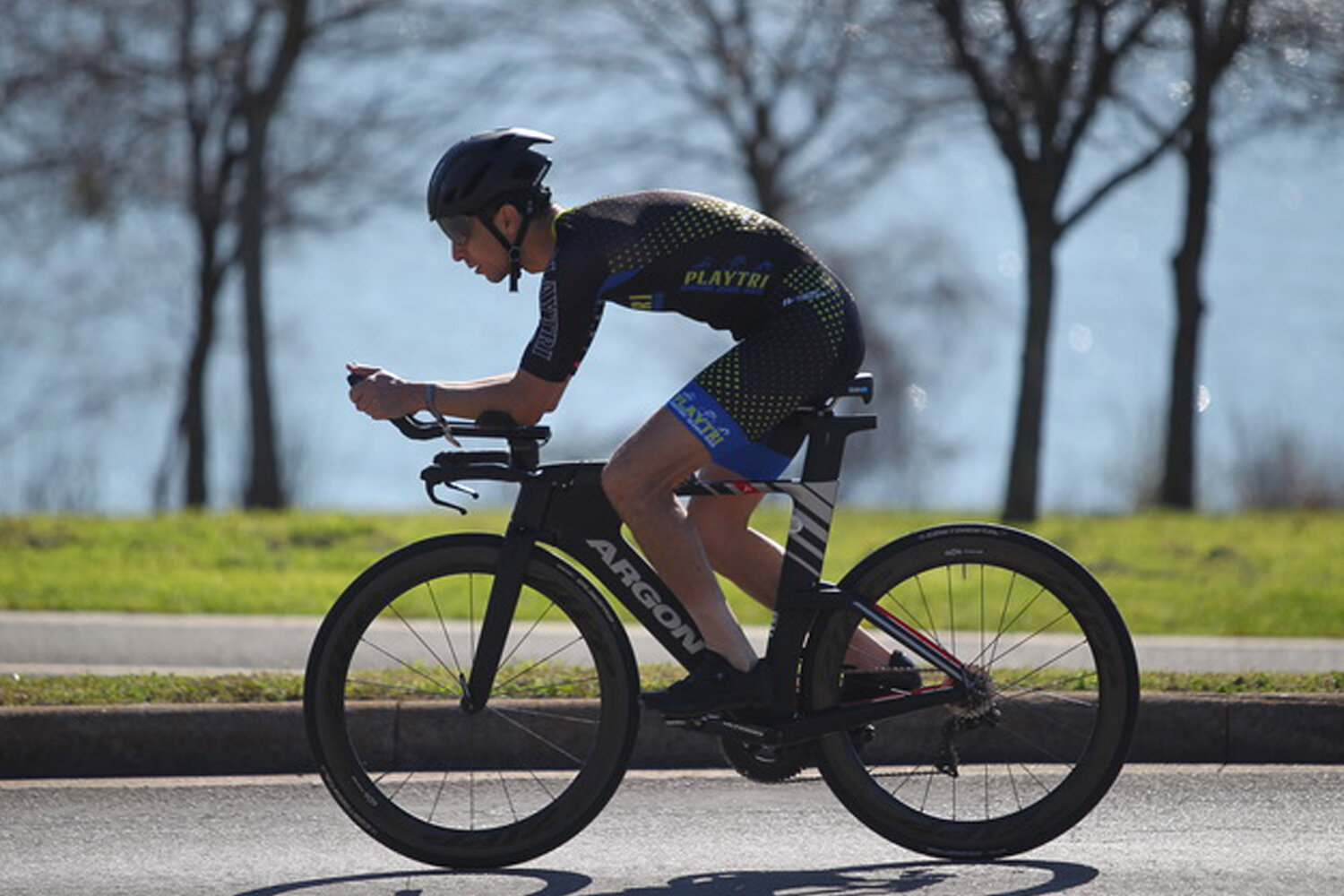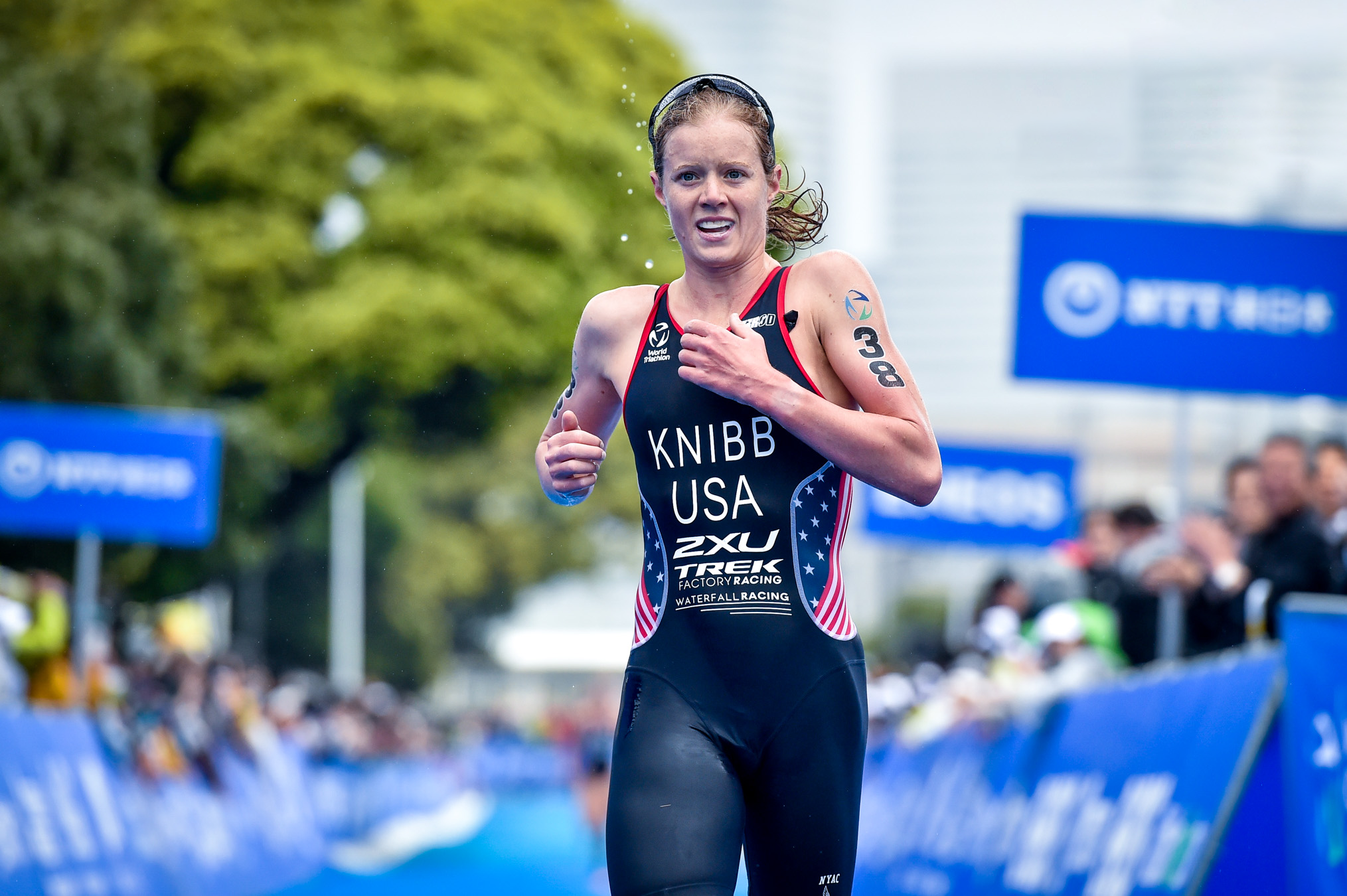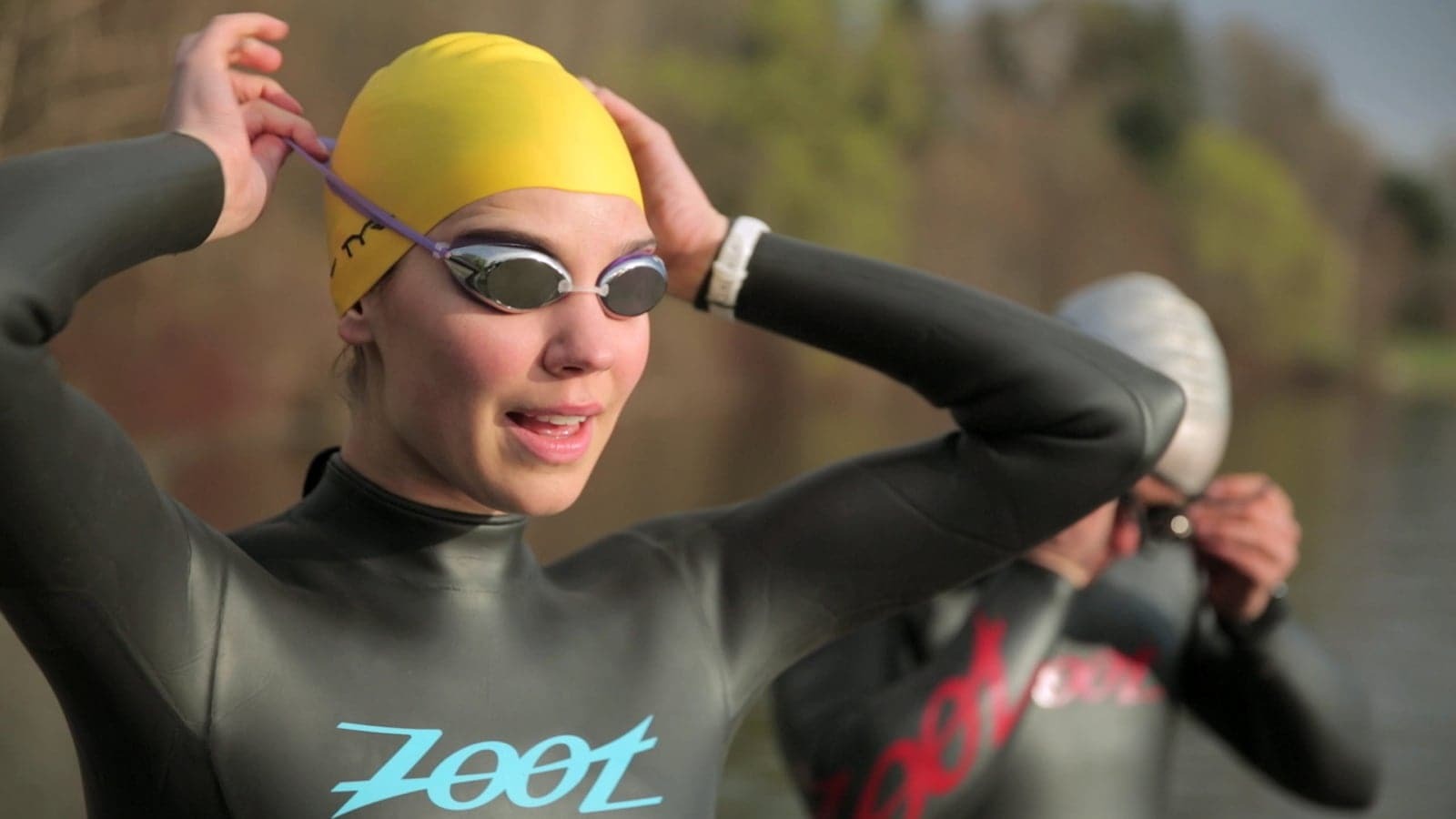

Featured
What Gear Do I Need For A Triathlon
Modified: January 22, 2024
Discover the essential gear you need for a triathlon. Our featured products will help you conquer every leg of the race. Prepare for success with our top picks.
Introduction
Welcome to the world of triathlons, where the endurance and athleticism of swimming, cycling, and running come together to test your physical and mental capabilities. Whether you are a seasoned triathlete or a beginner looking to take on the challenge, having the right gear is essential for a successful race.
In a triathlon, participants must swim, bike, and run in sequence, with transitions in between. Each leg of the race requires different gear to optimize performance and comfort. From swim gear that helps you glide through the water efficiently, to bike gear that improves speed and endurance, and run gear that keeps you comfortable and supported, having the right equipment can make all the difference.
In this article, we will explore the essential gear you need for a triathlon, including swim gear, bike gear, run gear, transition gear, and miscellaneous gear. Whether you are a seasoned athlete or new to the sport, this guide will help you understand the equipment necessary to excel in each leg of the race. So, let’s dive in and discover the gear that will take your triathlon performance to the next level.
Swim Gear
When it comes to the swim leg of a triathlon, having the right gear is crucial for efficiency and comfort in the water. Here are the essential swim gear items you should consider:
- Swim Cap: A swim cap is not just for keeping your hair out of your face; it also improves hydrodynamics and helps reduce drag in the water.
- Goggles: A good pair of goggles is essential for clear visibility in the water. Look for goggles that fit well, provide a wide field of vision, and have anti-fog coating.
- Wetsuit: Depending on the water temperature, a wetsuit can provide additional buoyancy and help with insulation. Look for a wetsuit that fits snugly but allows for freedom of movement.
- Swim Suit: Opt for a comfortable, lightweight, and durable swim suit that allows for unrestricted movement in the water.
- Swim Training Aids: Consider using swim training aids such as pull buoys, kickboards, and swim fins to improve technique and build strength.
Remember to practice swimming in open water with your gear to ensure you are comfortable and familiar with its performance before race day. Invest in high-quality gear that suits your needs and preferences to make the most of your swim leg.
Bike Gear
Next up is the bike leg of the triathlon, where having the right gear can significantly impact your speed, comfort, and overall performance. Here are the essential bike gear items you should consider:
- Bike: Choose a bike that suits your needs and experience level. Road bikes are a popular choice for triathlons due to their lightweight design and aerodynamic features.
- Bike Helmet: Safety should be your top priority, so invest in a high-quality and properly fitting bike helmet to protect your head in case of a fall.
- Bike Shoes: Clip-in bike shoes improve efficiency and power transfer by allowing you to pedal more effectively. Practice using them and make sure they are comfortable before race day.
- Bike Shorts: Look for padded bike shorts that provide cushioning and prevent chafing during long rides. The right fit and fabric can greatly enhance your comfort in the saddle.
- Bike Jersey: Opt for a breathable and moisture-wicking bike jersey to keep you cool and dry during the ride. Look for pockets to store nutrition and small essentials.
- Bike Tools and Accessories: Carry a spare tube, tire levers, a multi-tool, and a mini pump or CO2 cartridges to handle any bike repairs or emergencies during the race.
Before the race, make sure your bike is properly tuned and the gears and brakes are in good working condition. Practice riding with your gear to ensure it is comfortable and optimized for performance. Having the right bike gear can make your cycling leg smoother and more enjoyable.
Run Gear
The final leg of a triathlon is the run, where having the right gear can make all the difference in your performance and comfort. Here are the essential run gear items you should consider:
- Running Shoes: Invest in a good pair of running shoes that provide the right support and cushioning for your feet. Choose shoes that are comfortable and suited for your running gait.
- Moisture-Wicking Apparel: Opt for lightweight, moisture-wicking apparel that helps keep you cool and dry during the run. Look for features like mesh ventilation and reflective elements.
- Running Socks: Choose socks made from moisture-wicking materials to prevent blisters and keep your feet dry throughout the run.
- Headwear and Sunglasses: Protect yourself from the sun’s rays by wearing a hat or visor. Consider wearing sunglasses to shield your eyes and enhance visibility.
- Hydration and Nutrition: Carry a handheld water bottle, a running belt with water bottle holders, or use a hydration pack to stay hydrated during the run. Don’t forget to carry energy gels or snacks for a quick energy boost.
- Timing Device: Consider using a GPS watch or a fitness tracker to monitor your pace, distance, and time during the run. This can help you pace yourself and track your progress.
Before race day, make sure to break in your running shoes and apparel to avoid discomfort. Practice running with your gear to ensure that everything fits well and feels comfortable during the race. Having the right run gear can improve your performance and help you cross the finish line strong.
Transition Gear
Transitions are a crucial part of a triathlon, as they are the moments where you switch between each leg of the race. Having the right transition gear can save you valuable time and ensure a seamless flow between disciplines. Here are the essential transition gear items you should consider:
- Transition Bag: Invest in a well-organized transition bag to neatly store and transport your gear. Look for a bag with compartments to separate your swim, bike, and run gear.
- Towel: Lay out a small towel near your transition area to keep your feet clean and dry, and to easily locate your gear.
- Elastic Shoe Laces: Consider using elastic shoelaces in your running shoes for quicker and easier transitions. They allow you to slip your feet in and out of your shoes without the need to tie or untie laces.
- Body Glide or Anti-Chafing Products: Apply anti-chafing products on areas prone to friction, such as underarms, thighs, and near wetsuit edges, to prevent discomfort during transition.
- Race Belt: Attach your race number to a race belt for an easy transition from the bike to the run. This allows you to quickly and securely display your number without needing to pin it on.
During practice sessions, simulate transitions to familiarize yourself with the process and ensure that your gear is well organized and easily accessible. Having the right transition gear can help you maintain momentum, save time, and stay focused throughout the race.
Miscellaneous Gear
In addition to the swim, bike, run, and transition gear, there are a few miscellaneous items that can make your triathlon experience more convenient and enjoyable. Here are some miscellaneous gear items you might want to consider:
- Triathlon Suit: A triathlon suit is a versatile piece of apparel that combines a swim, bike, and run suit into one. It eliminates the need to change outfits during transitions.
- Compression Gear: Compression garments, such as compression socks or sleeves, can provide benefits like improved blood circulation and reduced muscle fatigue.
- Sunscreen: Protect your skin from the sun’s harmful rays by applying sunscreen before the race. Look for a water-resistant and sweatproof formula.
- Earplugs and Nose Clip: If you prefer to swim with earplugs or use a nose clip to prevent water from entering your nose, consider bringing them along for added comfort and peace of mind.
- Extra Nutrition and Energy: Pack extra energy gels, bars, or snacks in your transition bag for quick and convenient fuel during the race.
- First Aid Kit: It’s always a good idea to have a small first aid kit on hand for any minor cuts, blisters, or injuries that may arise during the race.
These miscellaneous gear items can enhance your comfort, convenience, and safety during the race. Choose the ones that align with your needs and preferences to ensure a smooth and enjoyable triathlon experience.
Conclusion
Preparing for a triathlon requires more than just physical training; having the right gear is essential for a successful and enjoyable race. From swim gear that optimizes your performance in the water, to bike gear that enhances your speed and efficiency, to run gear that provides comfort and support during the final leg, each piece of equipment plays a vital role in your overall triathlon experience.
When selecting your gear, prioritize comfort, fit, and functionality. Take the time to try on and practice with your gear to ensure that it meets your specific needs and preferences. Whether you are a seasoned triathlete or a beginner, the right gear can make a significant difference in your performance and overall enjoyment.
Remember, triathlons are about pushing your limits, challenging yourself, and embracing the journey. So, equip yourself with the necessary gear, train diligently, and enjoy the thrill of crossing the finish line.
Now that you are armed with the knowledge of the essential gear for a triathlon, go out there and conquer the race with confidence!
